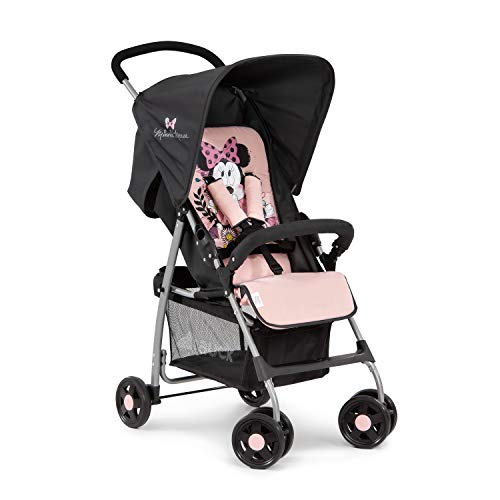![]()
 What is a Pushchair Single?
What is a Pushchair Single?
A pushchair single seat buggy is designed to carry a single seat buggy child (although some are able to be used from birth using the use of a car seat or a carrycot). Some are lightweight and can be converted into a double.
It is a top choice for families due to its contemporary, nippy design and features, including adjustable handles that can be adjusted in height and a large shopping basket. It has machine-washable fabric and the footmuff, which is an essential accessory in colder weather.
Convertible
Convertible strollers are a fantastic option for parents who want an item that can grow with their child. This kind of stroller comes with a hammock seat that transforms into an infant carrycot. It’s a comfortable choice for infants. It’s also light and easy to fold.
The Larktale Crossover is a stroller/wagon that easily converts into a double-seater, without the use of any tools. It is equipped with many features that make it a good choice for parents, like a large undercarriage and an organizer that hangs from the push bar in both modes. There are some drawbacks, such as the confusing zipper to attach the seat’s back in wagon mode as well as the size of the cup holders.
Brakes
A good pushchair single will come with several braking systems. The hand brake is typically a small, lever-like thing on the chassis. You can flick it down to stop the pushchair, and then push it back up to continue. This is a great feature for urban terrains where you need to speed up your pace quickly or on the pavements of shopping centers where you may require waiting for pedestrians. Another braking system is the front wheel brake system that is used on the top of the line pushchairs like the phil&teds dash as well as the Bugaboo Cameleon 3 which is activated by pressing the pedal the same way as the brake on bicycles. This is especially useful when you’re crossing rough terrain or jogging because it stops the pushchair straight away and keeps your child safe.
The left coupling 171 used for the rear legs 57 and 19 includes a rod to mount the rear leg 173 to which the rear leg 57 is fixedly coupled, a gear placed on the side surface 163 inside hub 3 of housing 33; a securing bushing 177 to the gear 175 which extends through a slot provided at the end of the mounting bar 173 and a cable that is designed to wrap around a J-shaped spool 181 as well as the post 31 of the front leg 19. The left coupling system 171 for the rear leg 57 and the front leg 19 comprises a rear leg mounting bar 173 to which the rear 57 is fixedly joined and a gear 175 that is mounted on the side surface 163 of the housing 33 disposed within hub 3; the spool component 181 as well as the post 31 of the front leg 19 wrapped around the J-shaped spool component 181 in the slot 179 at the end of the mounting bar 173 and a coiled cable 183.
The brake system 215 includes an initial end 227 that is designed to be in contact with the braking cam when the braking cam is in the second position, and an additional end 229. The second end of the brake lever 229 has a variety of teeth 231. The teeth are designed to engage the teeth of a gear 233 that is driven by a stroller’s first rear wheel 59. When the brake lever is depressed, the braking cam prevents the rotation of the rear wheel 59 and the movement of the stroller 1. The braking system can be operated manually.
Seat unit/carrycot
A compact single stroller pushchair is a type of baby travel unit for older babies (6 months +) who are starting to sit up and take in the world. These can often be converted into a pram. Prams are more sophisticated and designed for babies to toddlers. They have extra padding to ensure your child’s comfort.
Many pushchairs work with car seats and allow you to make an entire travel set that allows you to transfer sleeping babies from your car into the pushchair. Some have a carrycot which is ideal for babies, while some have a seat unit which is able to be used when your baby is ready to transition from the carrycot.
The majority of ‘from-birth’ pushchairs let you choose the “facing direction” of the seat unit or carrycot. You can either face your parent to bond with your baby, or face the world to allow them to explore the world. Some pushchairs even have the option to connect a second carrycot as an infant carrier or ride-on for growing families.
A quality pushchair must be in a position to easily move across a variety terrains including grass, pavements and rough surfaces. A sturdy chassis and high-quality tyres are essential. Some tyres are pneumatic, that require air to be added at intervals and some tyres have other materials like EVA or PU that can provide an easier and more consistent ride.
It’s worth investing in a pushchair that is easy to maintain and clean. You can clean up spills and crumbs with the baby-wipe, however if you want to remove more stubborn marks, use the hot air of the hair dryer for 1 to 2 minutes.